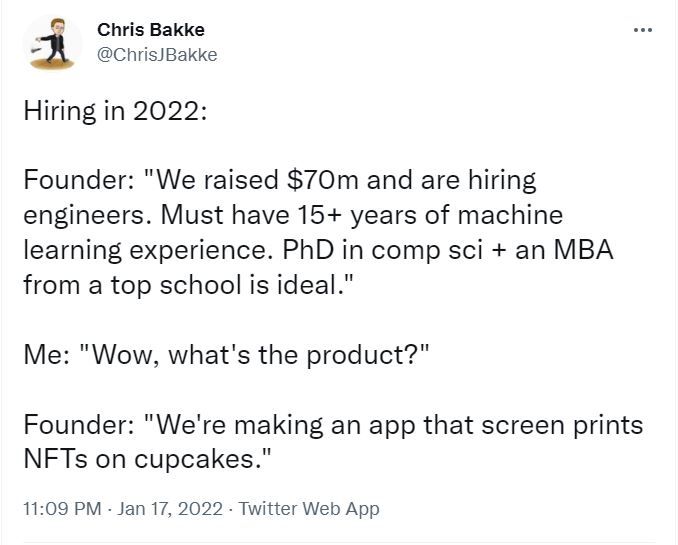Welcome to Nural's newsletter where you will find a compilation of articles, news and cool companies, all focusing on how AI is being used to tackle global grand challenges.
Our aim is to make sure that you are always up to date with the most important developments in this fast-moving field.
We now have Jobs section currently featuring an exciting data scientist role at startup AxionRay
Reach out to advertise your own tech roles!
Packed inside we have
- IBM, Oracle and Microsoft grapple with AI in healthcare
- Machine learning underpins two new approaches to modelling the physical world
- and AI and climate change funding, bootcamp, and workshop
If you would like to support our continued work from £1 then click here!
Graham Lane & Marcel Hedman
Key Recent Developments
IBM, Oracle and Microsoft grapple with AI in healthcare

What: Researchers have published an academic review arising from a 2-year weekly effort to track key developments in medical AI. This covers medical image analysis and novel research including non-image data sources, unconventional problem formulations and human–AI collaboration. It also considers serious technical and ethical challenges in issues spanning from data scarcity to racial bias.
Key Takeaways: The report comes in the week that IBM sold its much-hyped Watson Health division in a move widely interpreted as a failure in applying AI in health care.
On the other hand, Oracle has recently acquired Cerner, a healthcare data company, at a cost of $28 billion. And in the past week, Microsoft has created a coalition of partners working with AI in healthcare in order to provide recommendations, tools and best practices and “to advance health by identifying and addressing significant societal and industry barriers”.

What: Researchers have developed machine learning to simulate physical phenomena even if the underlying mechanism or formula are unexplained.
Normally, predictions of physical phenomena are made via simulations using supercomputers that use equations based on the laws of physics. These predictions may not be accurate because the equations are imprecise or do not fully match the physical phenomena being modelled. For example, it is hard to perfectly replicate physical laws such as the energy conservation law.
Turning this on its head, the new approach learns the underlying function from observational data of the physical phenomena, leading to more reliable and accurate predictions. This is achieved by using geometric methods to digitise physical laws, combined with a novel approach to training neural networks using a new form of back propagation.
Key Takeaways: This approach could have a wide range of applications including drug discovery, building analyses and weather forecasting.
Paper: Deep Energy-Based Modeling of Discrete-Time Physics
Predicting ice-shelf melt rates using machine learning

What: Antarctic ice shelves play a major role in regulating future sea levels. Accelerated ice-shelf melting is a major cause of concern and is considered as an impending tipping point event leading to catastrophic outcomes. Current models predicting ocean-induced melting rely on simple parameterisations due to extremely expensive computational requirements. The researchers developed a physics-informed, data-driven machine learning model which can reduce the high computational cost. It also provides a richer representation of the underlying physics over simplistic ice-melt models currently in practice. The model consists of two deep learning networks. One classifying regions of an ice shelf representing magnitudes of melting or refreezing and the second converting from these discrete classified melt rates to a continuous melt rate field.
Key Takeaways: Machine learning is driving developments in modelling the physical world that will be key to understanding climate change. There is also a second featured paper addressing the same issue in this newsletter.
Paper: Predicting ocean-induced ice-shelf melt rates using a machine learning image segmentation approach
AI Ethics
🚀 Small army of volunteers keeping climate-change deniers off Wikipedia
Misinformation remains a problem that cannot be addressed by AI technology alone. For the time being, we are still reliant on the commitment of humans.
🚀 Now you can rent a robot worker—for less than paying a human
The cost of robots is decreasing and the AI is improving. Economic factors are driving the take-up of this technology but there seems to be no clarity about the possible societal impacts.
🚀 New startup shows how emotion-detecting AI is intrinsically problematic
The article raises a host of concerns about emotion-detecting AI. But this remains a contested area and, in the same week, the Washington Post has a more positive review of the same company.
Other interesting reads
🚀 Funding opportunity for research proposals that address scientific challenges related to climate change and/or clean energy
The deadline for letters of intent is 8 February
🚀 2022 Climate Tech Policy bootcamp for early career researchers
The deadline for applications is 14 February
🚀 "Machine Learning and Artificial Intelligence to Advance Earth System Science" workshop
Hosted by the US National Academies of Sciences, Engineering and Medicine from 7 - 11 February
🚀 Free tutorial to assist competitors in the Women in Data Science 2022 Datathon
The WiDS Datathon 2022 runs until 26 February
Data scientist - AxionRay
Axion are looking to hire a talented NLP DS lead as they enter hypergrowth. Axion is a stealth AI decision intelligence platform start-up working with electric vehicle engineering leaders to accelerate development, funded by top VCs.
Comp: $100k – $180k, meaningful equity!
If interested contact: marcel.hedman@axionray.com
Cool companies found this week
Health
Quris AI - The company aims to speed up the process of drug discovery and trialling by predicting which drug candidates actually work. The company has received $28 million in seed funding
Technology
Crowdbotics provides a low code development platform which, they claim, will allow anyone to turn ideas into code. The company has raised $22 million in round A funding
Computer vision
Ambient.ai -
Ambient.ai offers a computer vision system that can detect dangerous behaviours such as perimeter breaches or “tailgating”. As with other computer vision companies, there have been concerns about privacy and bias. The company has emerged from stealth and raised $52 million in seed funding
And Finally ...

AI/ML must knows
Foundation Models - any model trained on broad data at scale that can be fine-tuned to a wide range of downstream tasks. Examples include BERT and GPT-3. (See also Transfer Learning)
Few shot learning - Supervised learning using only a small dataset to master the task.
Transfer Learning - Reusing parts or all of a model designed for one task on a new task with the aim of reducing training time and improving performance.
Generative adversarial network - Generative models that create new data instances that resemble your training data. They can be used to generate fake images.
Deep Learning - Deep learning is a form of machine learning based on artificial neural networks.
Best,
Marcel Hedman
Nural Research Founder
www.nural.cc
If this has been interesting, share it with a friend who will find it equally valuable. If you are not already a subscriber, then subscribe here.
If you are enjoying this content and would like to support the work financially then you can amend your plan here from £1/month!

